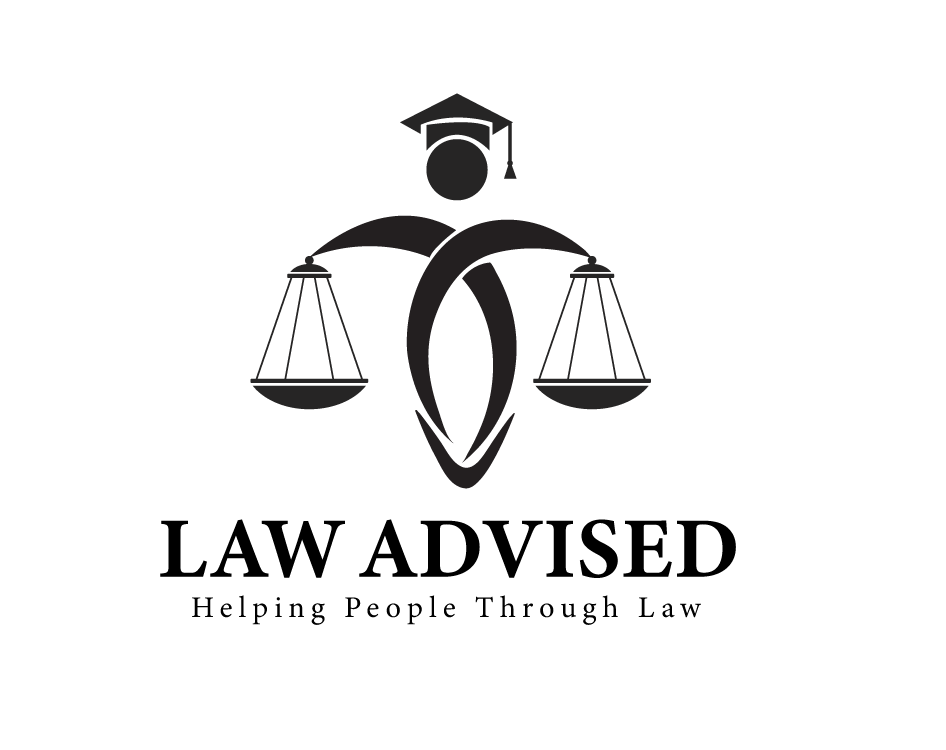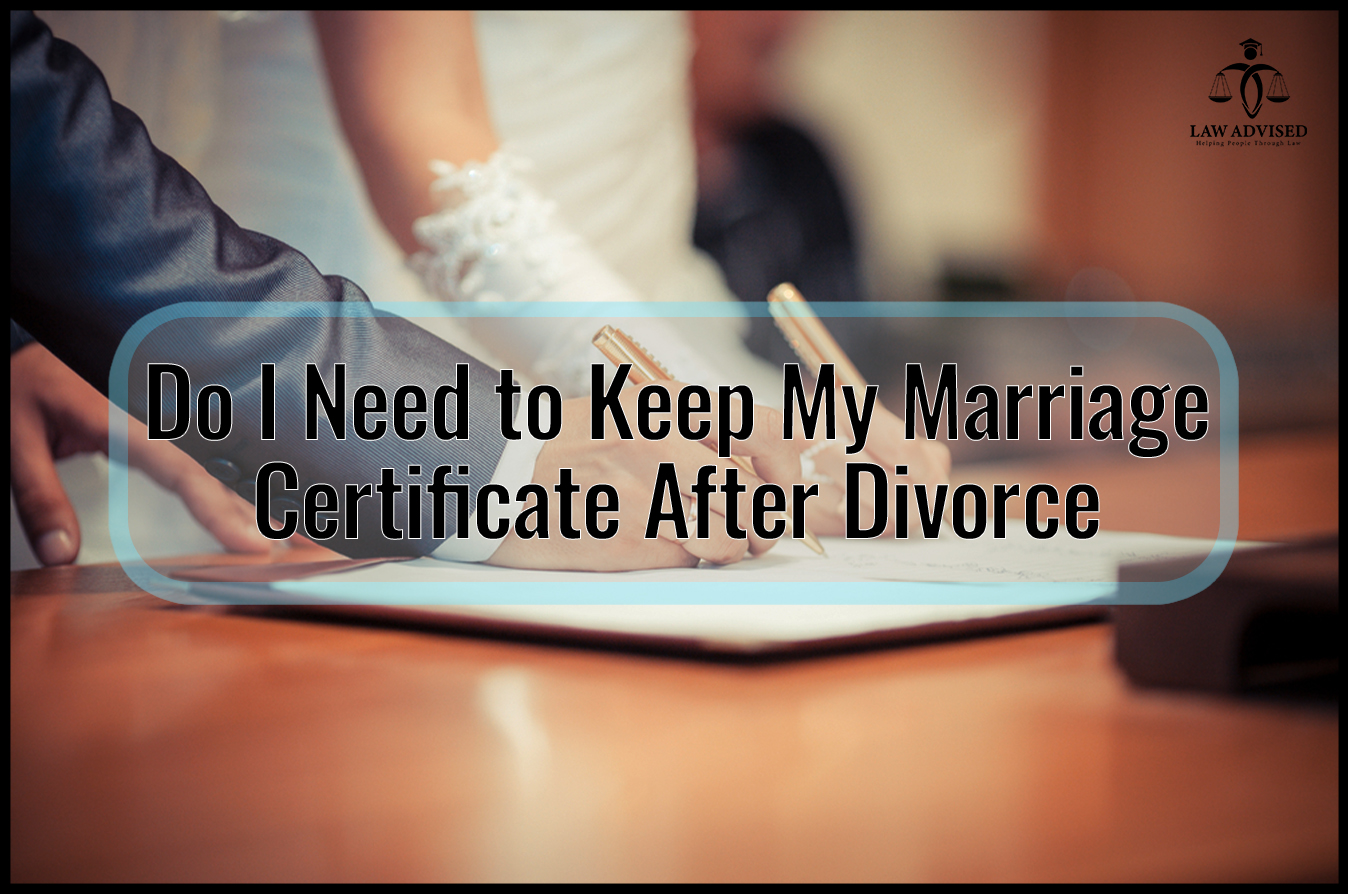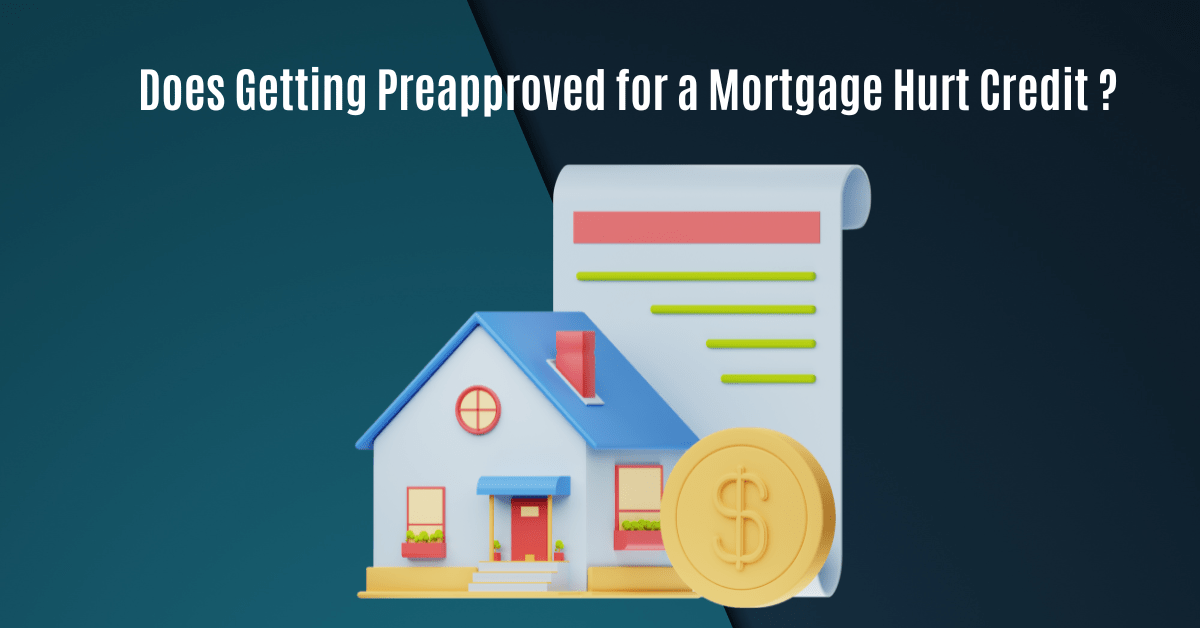Buying a home is an exciting and significant milestone in one’s life. Whether you are a first-time homebuyer or looking to upgrade your current property, understanding how your mortgage payment is divided between principal and interest is crucial. Let’s delve into this topic and gain some insights into how much goes to principal on a mortgage.
Principal and Interest – The Basics
When you take out a mortgage, you are borrowing a specific amount of money from a lender to purchase a home. The total amount borrowed is called the principal. In return for lending you the money, the lender charges you interest, which is the cost of borrowing. Your mortgage payment is typically divided between principal and interest.
The percentage of your payment allocated to principal and interest changes over time. At the beginning of your mortgage term, a greater portion of your payment goes towards interest. As you make more payments, the amount applied to principal gradually increases, reducing the outstanding loan balance.
Amortization Schedule
An amortization schedule is a helpful tool that gives you a detailed breakdown of how your mortgage payments will be applied over the course of the loan. This schedule shows the principal and interest components of each payment and helps you track your progress in paying off your loan.
Let’s take an example to understand this better. Suppose you have a 30-year fixed-rate mortgage. The amortization schedule will outline each month’s payment for the entire loan term. In the early years, compared to the later years, a larger percentage of your payment will go towards paying off the interest.
Factors Affecting Principal Payment
Several factors influence how much of your mortgage payment goes towards the principal:
- Loan Term: The length of your loan term affects the proportion of principal and interest in each payment. Shorter loan terms usually have higher monthly payments with a larger proportion going towards the principal.
- Interest Rate: A lower interest rate means a more significant portion of your payment will be applied to the principal balance.
- Down Payment: The more money you put down when purchasing your home, the lower your loan amount will be, resulting in a larger portion of each payment going towards the principal.
- Extra Payments: Making extra payments directly towards the principal balance can help you pay off your mortgage faster and reduce the overall interest paid.
- Loan Type: Different types of loans, such as adjustable-rate mortgages (ARMs) or interest-only mortgages, may have different payment structures.
Understanding Equity Build-Up
Equity build-up refers to the process of increasing the amount of ownership you have in your home. Each mortgage payment that is applied to the principal balance contributes to building your equity. As you pay down your mortgage over time, your equity position grows, which can be beneficial when considering refinancing or selling the property.
It’s important to note that property value fluctuations can also impact your equity. Appreciation in home prices can increase your equity, while a decline in property values may decrease it. However, the principal portion of your mortgage payment remains constant regardless of these market changes.
Accelerating Principal Payments
If you have the financial means, there are strategies you can employ to reduce the amount of interest paid over the life of your loan and pay off your mortgage faster:
- Bi-weekly Payments: Instead of the traditional monthly payment, paying half of your monthly payment every two weeks results in 26 half-payments, which equates to 13 full monthly payments per year. This strategy allows you to make an extra payment towards the principal annually.
- Lump Sum Payments: Applying a lump sum payment towards the principal, whether it’s from a tax refund, bonus, or inheritance, can significantly reduce the outstanding loan balance.
- Refinancing: Refinancing your mortgage when interest rates are lower can help you secure a new loan with a lower monthly payment and a larger portion allocated towards the principal.
In Conclusion
Understanding how much goes to principal on a mortgage is essential for managing your finances and planning for the future. As you make payments over time, the proportion allocated to the principal balance gradually increases, helping you build equity and reduce your loan term.
By considering factors such as loan term, interest rate, down payment, and making extra principal payments, you can accelerate the process of paying off your mortgage and save on interest expenses in the long run. Remember to consult with a mortgage professional who can provide personalized advice based on your specific situation.
Frequently Asked Questions On How Much Goes To Principal On A Mortgage : Saving Strategies For Home Loans
How Much Of My Mortgage Payment Goes Towards The Principal?
The portion of your mortgage payment that goes towards the principal depends on factors such as the loan amount and interest rate.
Why Is It Important To Know How Much Goes Towards The Principal?
Understanding how much of your mortgage payment goes towards the principal helps you track your progress in building equity and can inform future financial decisions.
Does The Portion Going Towards The Principal Increase Over Time?
Yes, as you make mortgage payments, the amount going towards the principal gradually increases, while the portion allocated to interest decreases.
Can I Increase The Amount That Goes Towards The Principal?
Yes, making additional principal payments or refinancing your mortgage with a lower interest rate can increase the percentage going towards the principal.
Ismail Hossain is the founder of Law Advised. He is an Divorce, Separation, marriage lawyer. Follow him.



Leave a Reply